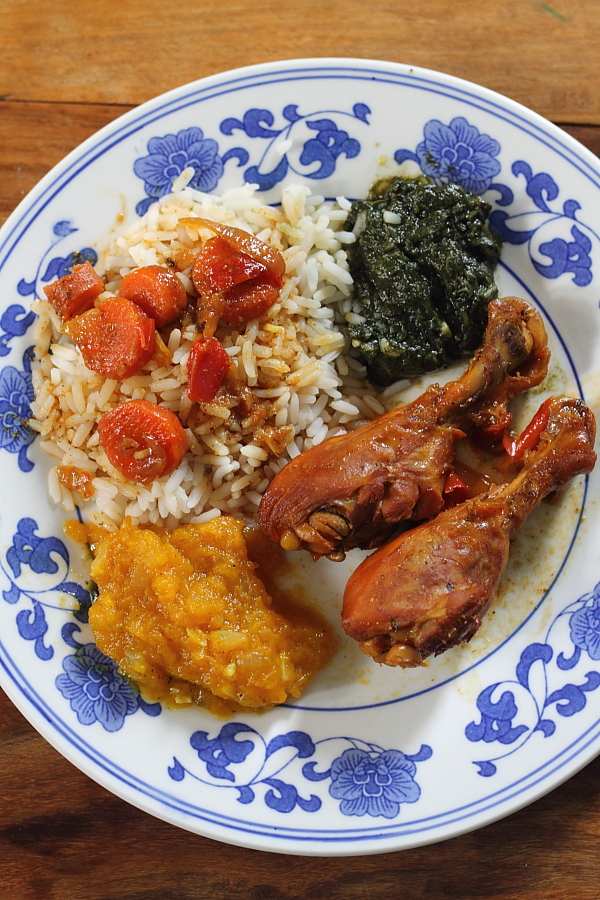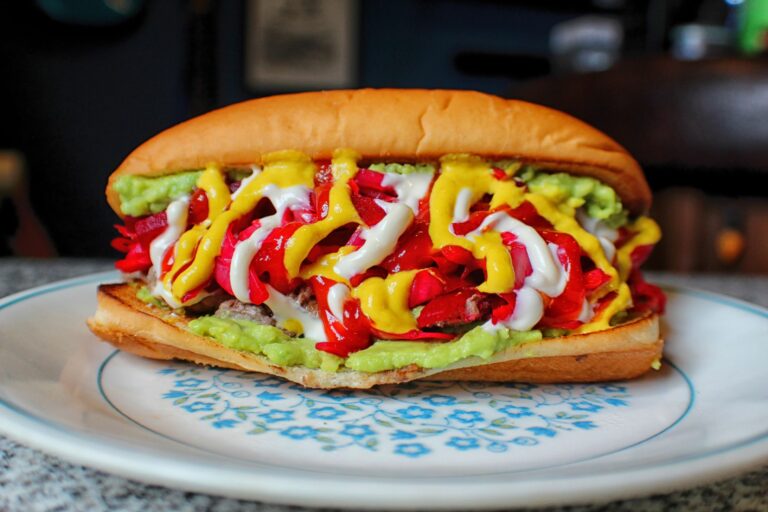Introduction to Tzatziki
Tzatziki is a traditional Greek dip that is made with yogurt, cucumber, garlic, olive oil, and salt. It is a refreshing and tangy dip that is often served cold with a variety of dishes. Tzatziki has become increasingly popular in many parts of the world, and it is often used as a dip for vegetables, bread, or chips.
The Origin of Tzatziki in Greek Cuisine
Tzatziki has been a staple in Greek cuisine for centuries, and its origins can be traced back to the Ottoman Empire. It is believed that the dish was introduced to Greece during the Ottoman occupation, and it quickly became a popular snack and side dish. Today, tzatziki is an essential part of Greek cuisine, and it can be found in many dishes, ranging from gyros and souvlaki to salads and sandwiches.
Ingredients and Preparation of Tzatziki
Tzatziki is a simple dish that requires only a few ingredients. It is made with Greek yogurt, which is thicker and creamier than regular yogurt, and peeled and grated cucumber. The cucumber is then squeezed to remove excess water, as this helps to prevent the tzatziki from becoming watery. Garlic, olive oil, and salt are also added to the mixture. Some recipes also call for dill, lemon juice, or mint.
To prepare tzatziki, the ingredients are mixed together until well combined. The dip is then chilled in the refrigerator for at least an hour to allow the flavors to meld together. Tzatziki can be made in advance and stored in the refrigerator for up to three days.
Health Benefits of Tzatziki
Tzatziki is a healthy and nutritious dip that is high in protein and low in fat. It is also an excellent source of calcium and potassium, which are essential minerals for maintaining healthy bones and muscles. The garlic in tzatziki has antibacterial and anti-inflammatory properties, and the cucumber is a good source of vitamins and antioxidants.
Tzatziki’s Role in Greek Cuisine and Culture
Tzatziki is an essential part of Greek cuisine and culture, and it is often served as a meze (appetizer) or side dish. It is also a popular accompaniment to grilled meats, such as lamb and chicken. Tzatziki is so ingrained in Greek culture that it is often served at weddings, baptisms, and other celebrations.
Variations and Popular Dishes with Tzatziki
Tzatziki can be modified to suit individual tastes, and many variations exist. Some recipes call for the addition of mint, while others use lemon juice instead of vinegar. In some parts of Greece, tzatziki is made with sour cream instead of yogurt.
Tzatziki is a versatile dip that can be used in a variety of dishes. It is often served with gyros, souvlaki, and pita bread. It is also a popular condiment for burgers, sandwiches, and salads. Tzatziki can also be used as a marinade for chicken, lamb, or fish.










